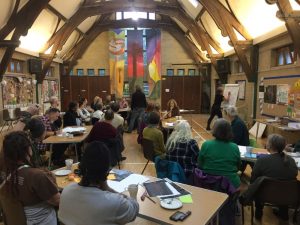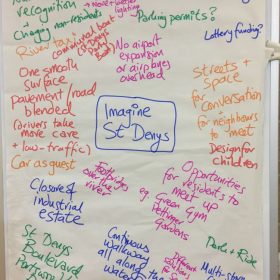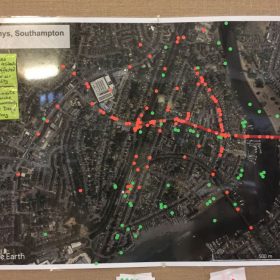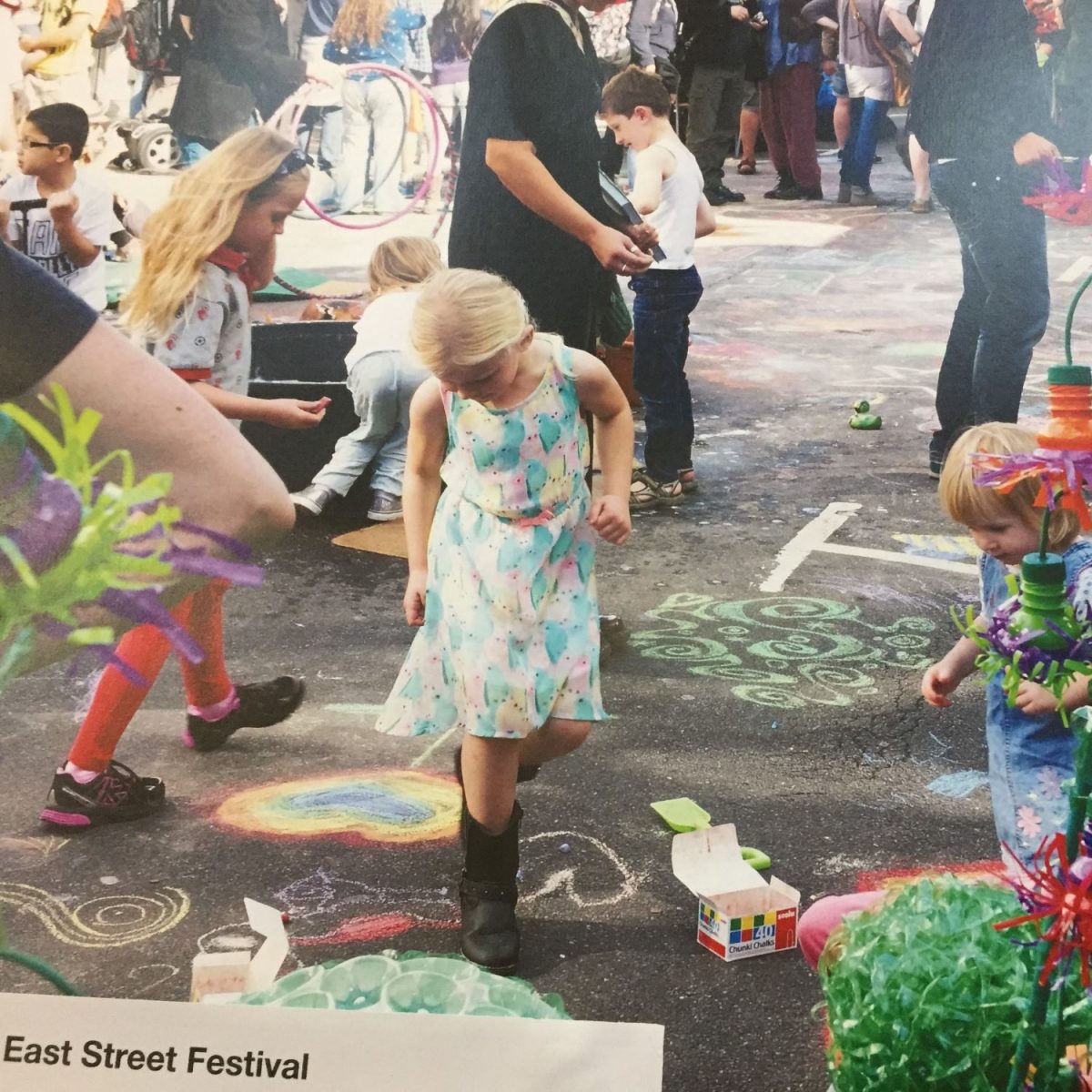There’s an internet meme going around which runs, “I grew up during a time when everyone went outside to play in the fields, built dens and climbed trees, we got dirty, bathed on Sunday” and it rambles on about drinking tap water, whittling conkers and being regularly beaten by grandparent, or something like that.
I dislike the attitude that ‘everything was better in my day’ for its narrow-minded nostalgia which ignores all the good new things we now have, but there is a truth in that meme which is unavoidably present in our spaces and in our faces: there are ever so many more vehicles on our streets than 40 years ago. We truly don’t see kids playing in the streets anymore.
They’d probably be mown down by fleets of fast-food scooter deliveries, so it’s a good thing… I guess. But the ever-increasing number of motor vehicles brings other hidden problems – poor health, accessibility difficulties, loss of community, fewer local shops and amenities, a decline in wellbeing within our neighbourhoods and other environmental problems.
It’s something that few people notice, maybe because we’re driving through these areas affected by traffic to get to where we live or work. But now St Denys residents are taking steps to discover what they can do to build a better, cleaner future for their community.

Led by Mandi Bissett, Rebecca Kinge and Clare Diaper from Southampton Collective, a community project called ‘Breathing Spaces’ is working with residents, community groups and businesses in the neighbourhood to collect data on local air pollution and test community approaches for cleaner air. At its heart is the goal of clean air, liveable streets and increased health and wellbeing. It’s a marvellous goal and I hope they pull it off.
Throughout 2019 they’ve been working with the University of Southampton and Solent University to gather air quality data (with up to 12 special sensors) and map this along with public comments and ideas. You can see more of this at their website: https://breathingspaces.org.uk and they’re keen to hear and try out or support some your creative solutions for healthier streets.

I went along to their fourth Clean Air Café on 26 October to find out more and discovered a passionate group of over 30 locals, undampened by the torrential rain outside. “Imagine a St Denys of the future in say 10 years’ time” asked Mandi, and ideas came thick and fast.
Some are radical – could there be a new cycle and footbridge over the river? A decent park and ride scheme near the M27 to reduce commuting? A water taxi service? (Venice and rising sea levels came to mind!) Others were more cautious – and maybe more immediately achievable: traffic calming and traffic reduction measures, better cycle and footpaths, or better access to existing green spaces along the river and river walks.

Gardening groups were there too; Front Gardens Plus, Rebel Gardeners and the local church all with plans for joining up public and private spaces, tool sharing, seed swaps and garden buddies, a “men’s shed” movement and action days to restore the area and help locals take part. Artists and photographers could be a feature of this movement too – murals on railway bridges have been suggested as well as ‘Welcome to St Denys’ signs to help create that vital sense of locality and neighbourhood – something the local group St Denys Rocks would probably want to get behind too.
But there are also important issues to address – a growing population, street safety at night, better lighting, accessibility for those with prams/pushchairs or mobility scooters and reducing the dominance of the car over the pedestrian wherever possible.

Green dots: “Elements that make the community of St Denys strong.”
Why have we let this happen? Why do we subject our most vulnerable selves daily to streets given over to our steel-encased high-speed fellows? You only have to read the angry social media comments whenever a new cycle path is announced to realise we have come too far from the sense that the street should be a public space, a safe place to walk, talk, be social and enjoy the local atmosphere – in both senses of the word!
The council is also taking an interest: Clare Slatterly, Sustainable Travel Communications Officer, explained how St Denys is now a potential Active Travel Zone (find out more here) which aims to deliver changes to the streets that the local community wants to see and where people can walk and cycle easily and safely. It’s also an important part of the city’s bid to attract millions of pounds through the Transforming Cities Fund. If you live or work in St Denys, you can get involved through the Southampton City Council’s online survey (https://connectingstdenys.commonplace.is).
The vision we each have for our small part of the city may well be the power that enables us to change. Will we look back and say in 30 years’ time, “do you remember when we used to have to put up with all that traffic and pollution?!”
If you want to know more, there’s the last Clean Air Café on 30 November or their Focus Group on 9 November.

